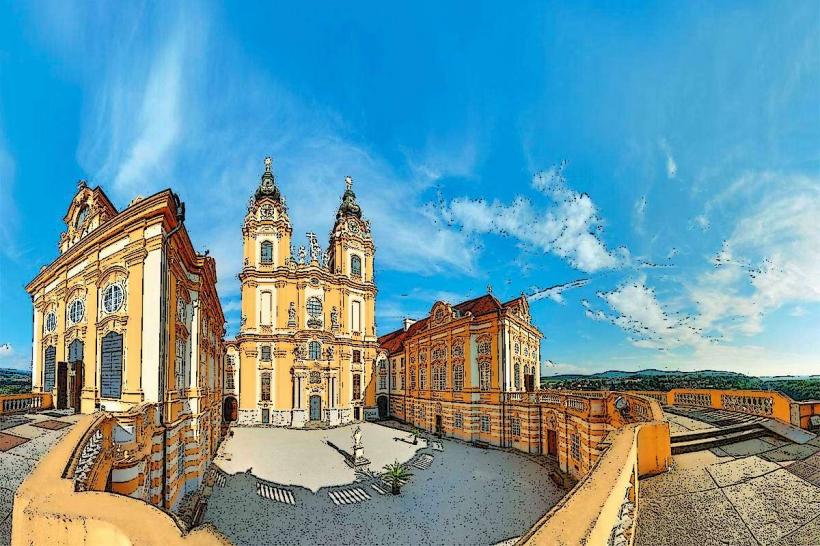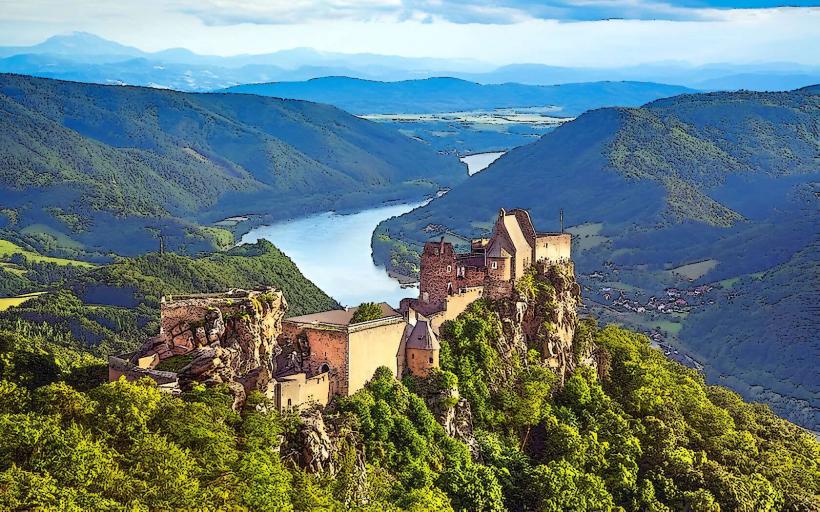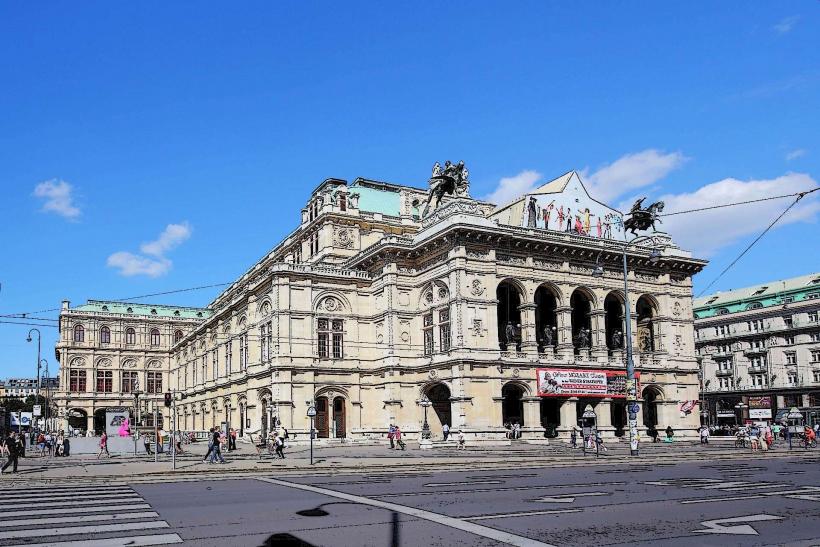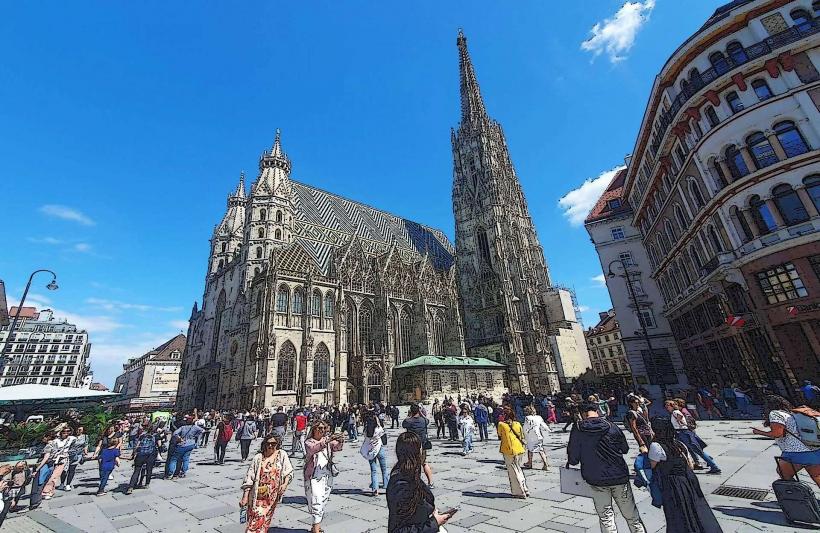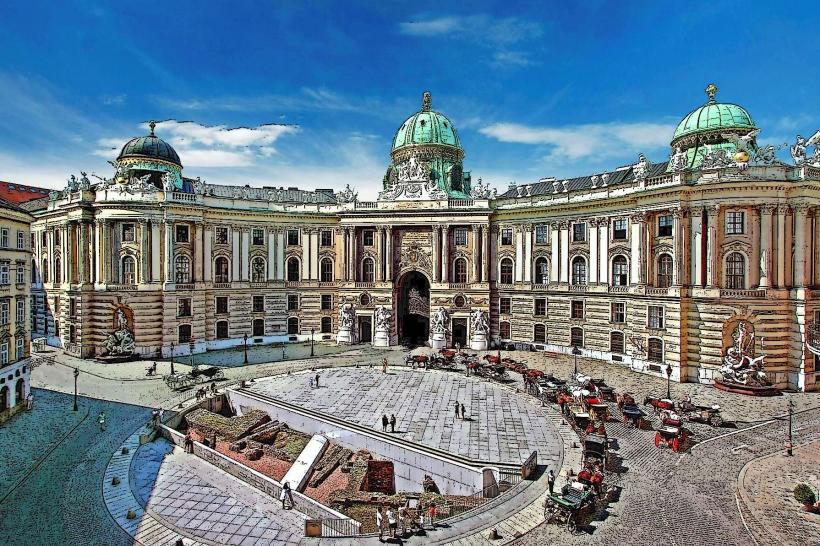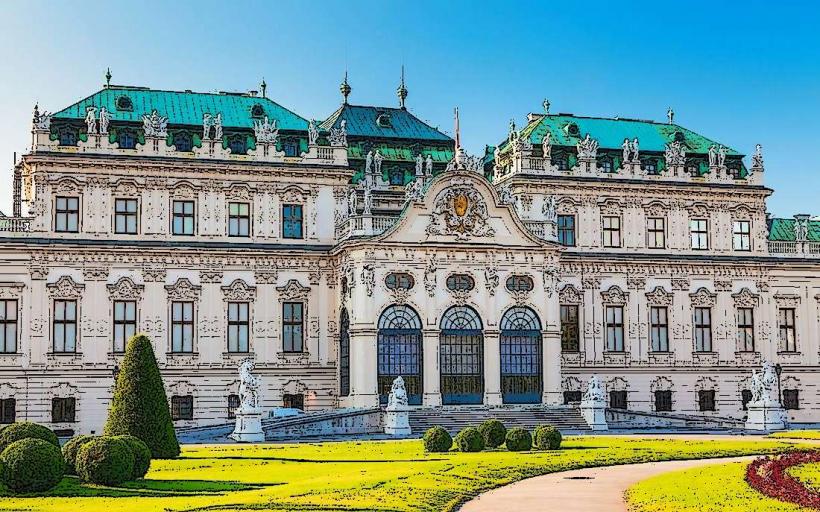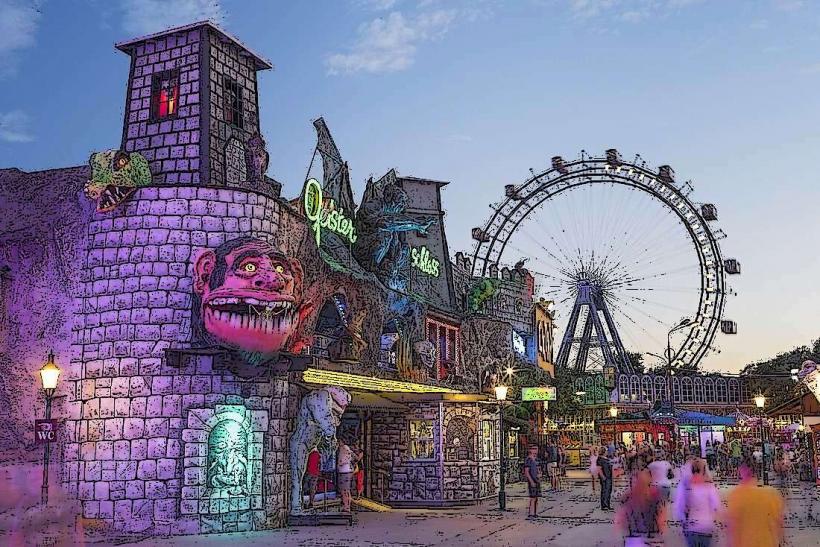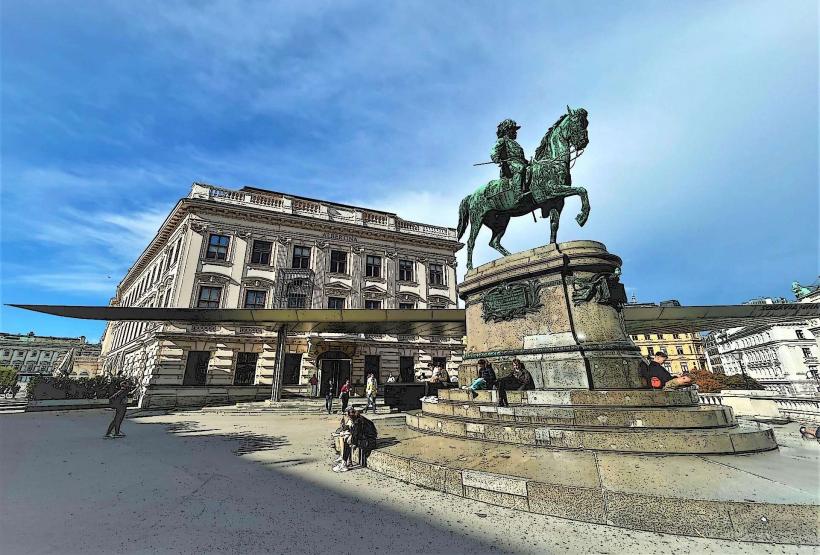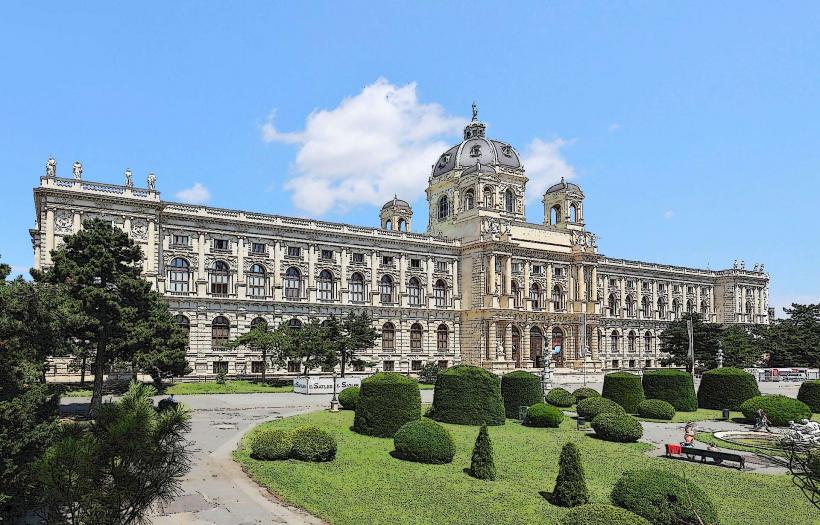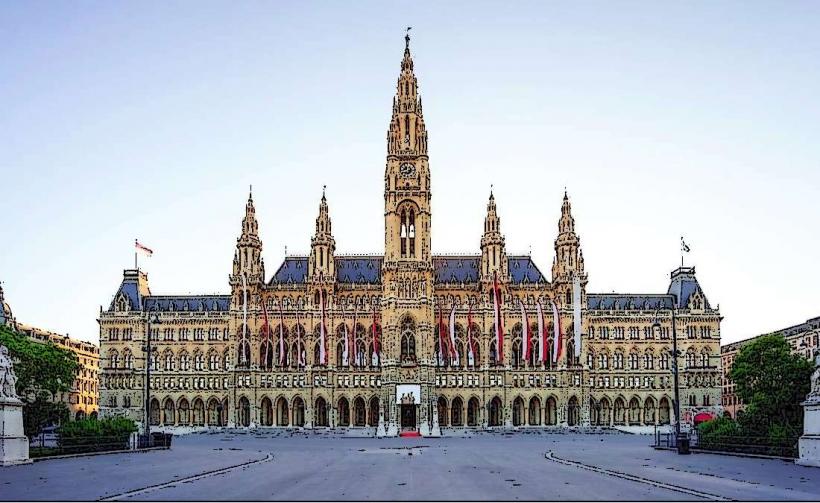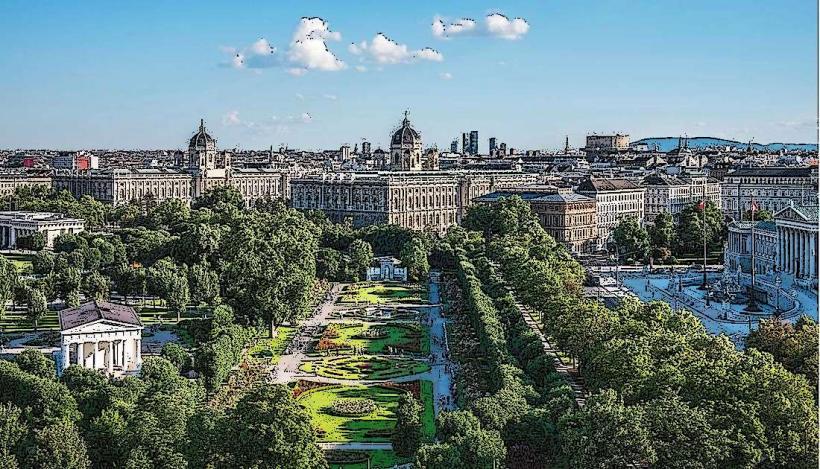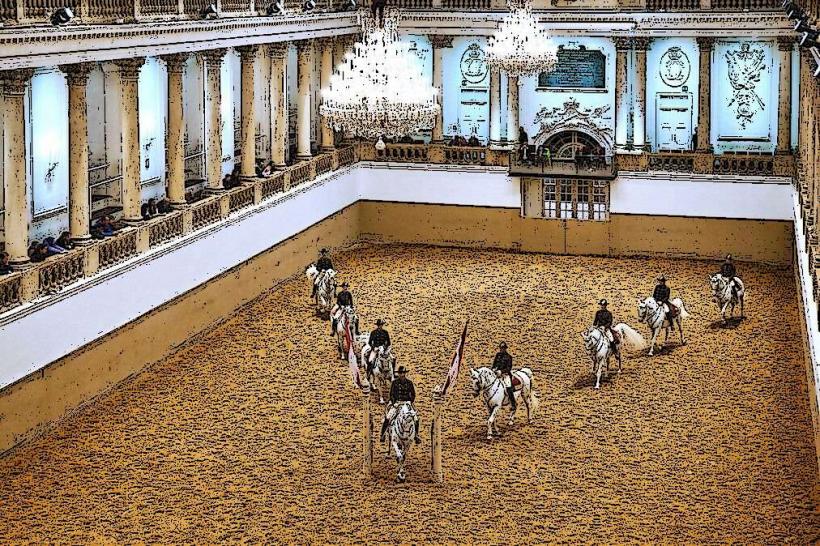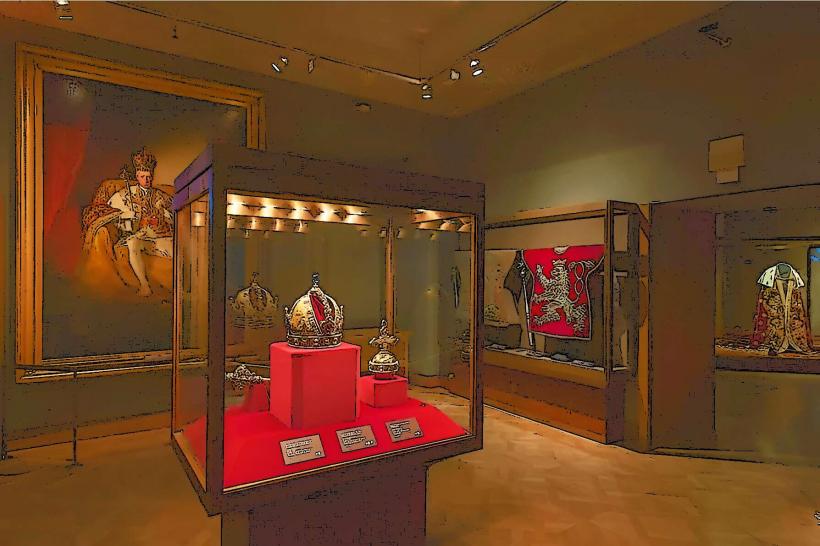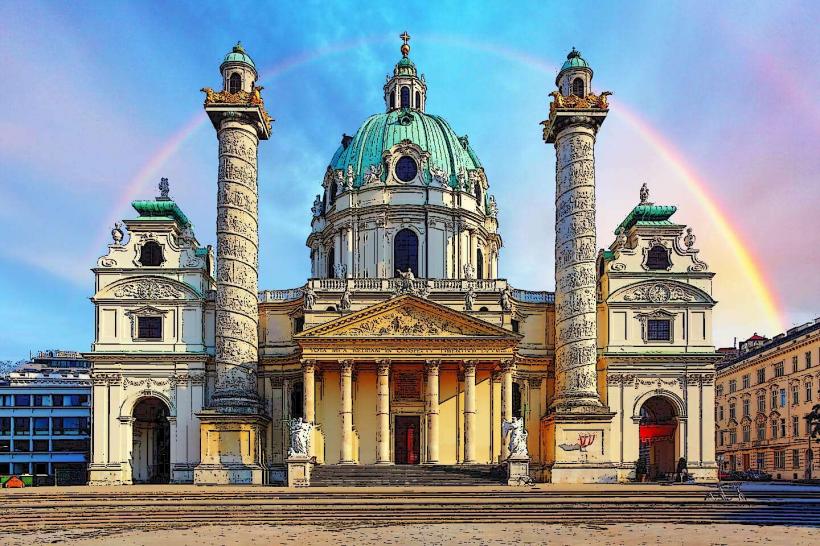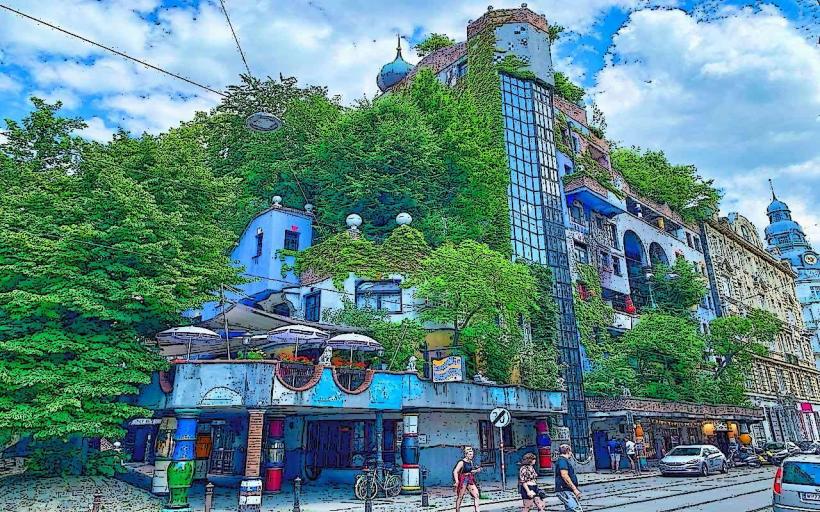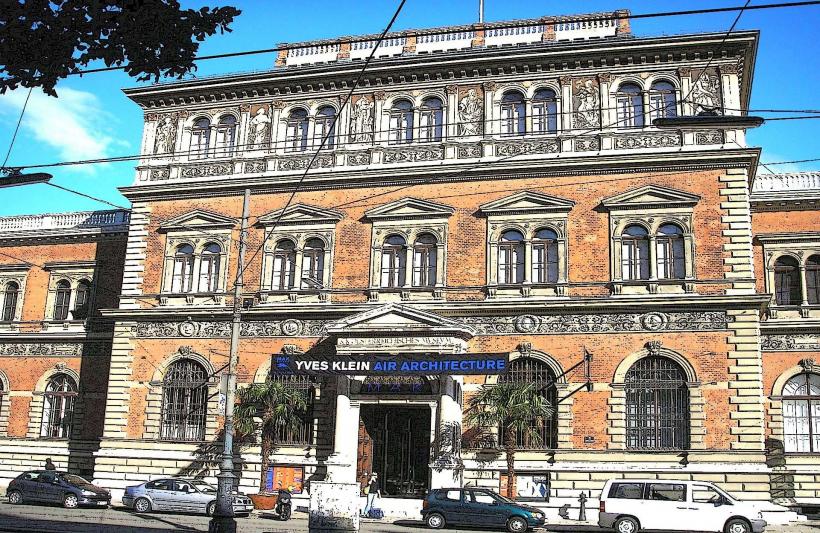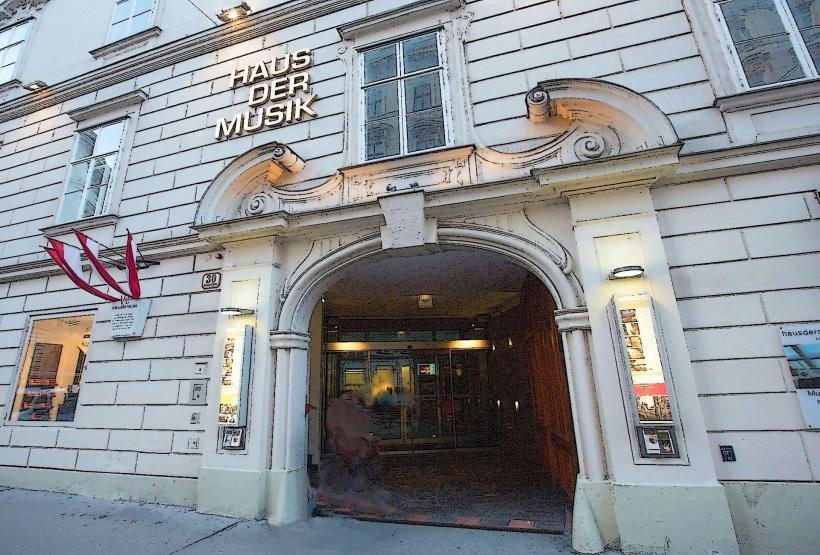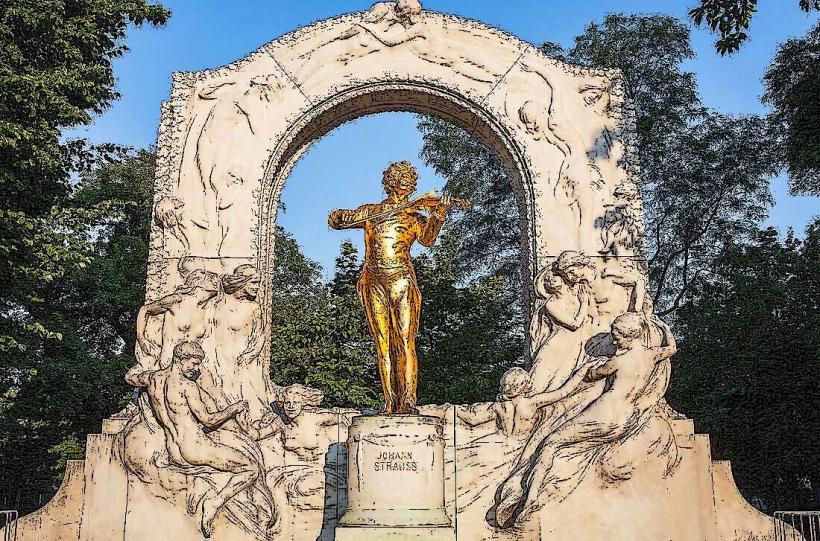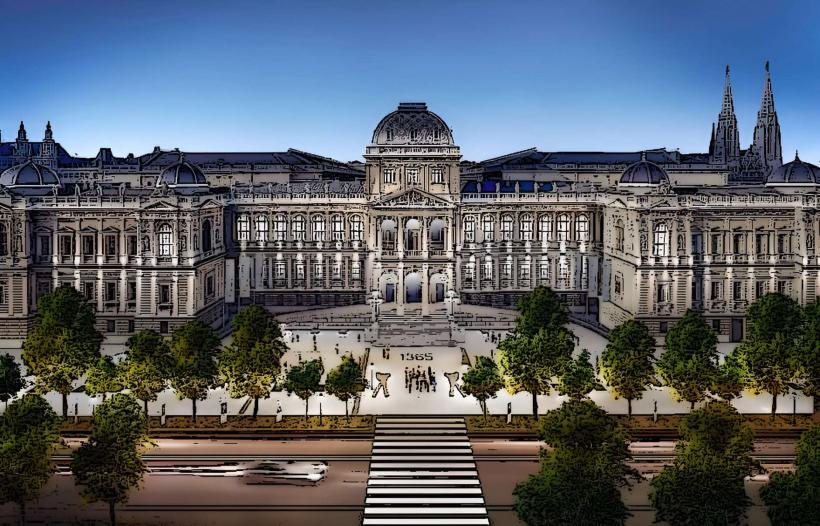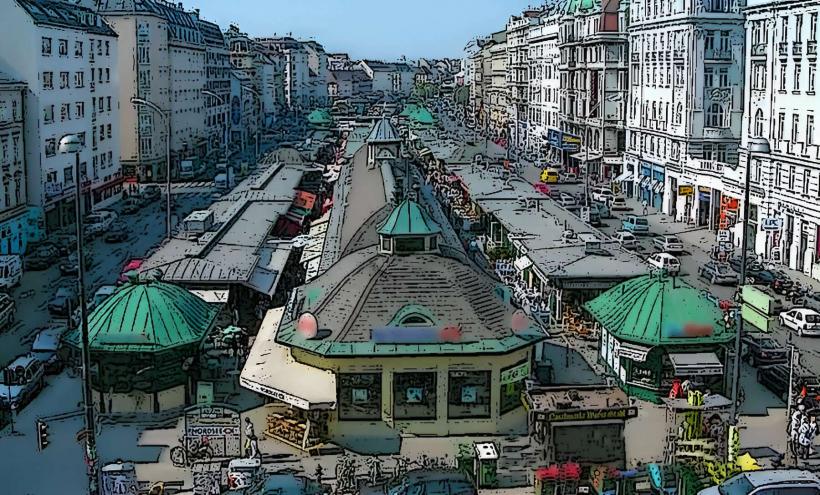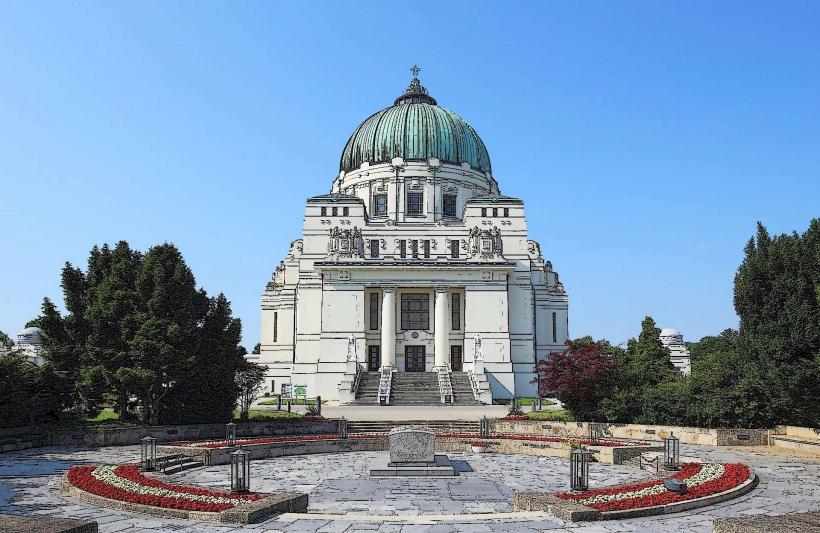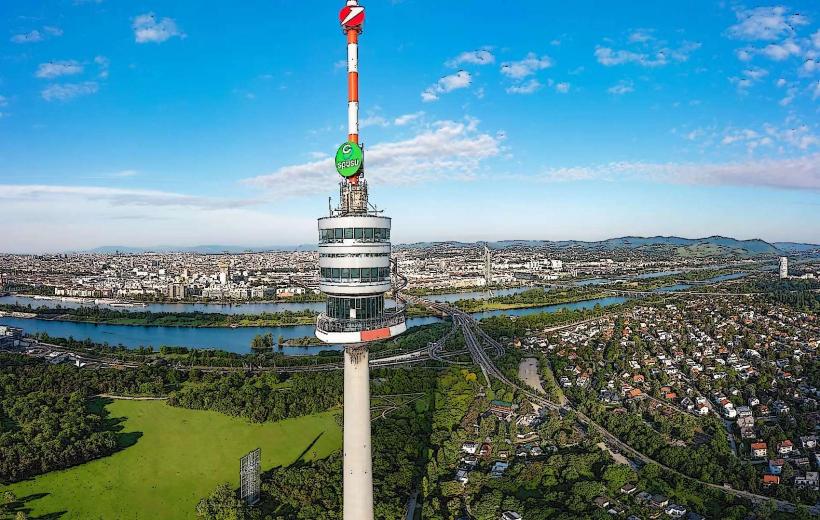Information
Landmark: Museum of Fine ArtsCity: Vienna
Country: Austria
Continent: Europe
The Museum of Fine Arts (Kunsthistorisches Museum) in Vienna is one of the most renowned and important art museums in the world. Situated on the Maria-Theresien-Platz in Vienna, it is part of the Kunsthistorisches (Art History) complex, which also includes the Natural History Museum. The museum's extensive collections span a wide range of art, from ancient civilizations to the Baroque period, making it a cultural treasure trove.
History and Background
The museum was founded in 1891 by the Habsburg monarchy, specifically by Emperor Franz Joseph I, who wanted to create a museum that would showcase the imperial family’s vast collections of art and historical artifacts. The museum was designed by the architects Karl von Hasenauer and August Sicard von Sicardsburg, and its construction was completed in 1891. The building itself is an architectural masterpiece, reflecting the grandeur of the Austrian Empire and its imperial ambitions.
The museum's collection has grown through the acquisitions of Habsburg emperors, particularly Archduke Leopold Wilhelm in the 17th century, and Emperor Rudolf II, who brought significant works from Italy and the Netherlands to Vienna. The collections continued to expand into the 19th and 20th centuries, forming one of the most comprehensive collections of European art.
Collections and Highlights
The museum's collections are housed in various galleries, each dedicated to different artistic periods and movements. The museum is primarily divided into Paintings, Ancient Art, and Decorative Arts sections, offering a well-rounded experience for visitors.
Paintings Collection
- The Kunsthistorisches Museum's painting collection is among the most significant in the world. It features masterpieces by artists from the Renaissance, Baroque, and Modern periods, with an emphasis on Italian, Flemish, Dutch, and German painters.
- Bruegel Room: The museum is home to an exceptional collection of works by Pieter Bruegel the Elder, including some of his most famous pieces like The Fight Between Carnival and Lent and The Tower of Babel.
- Dutch Masters: The museum is renowned for its outstanding collection of Dutch Golden Age paintings, including works by Rembrandt, Vermeer, and Frans Hals. The works of Rembrandt, in particular, hold a prominent place in the collection.
- Italian Masters: The museum has a rich collection of Italian Renaissance art, with works by Titian, Raphael, Veronese, and Caravaggio. The Venetian school of painting is particularly well-represented.
- Flemish and German Paintings: The museum also boasts a collection of Flemish Baroque paintings, particularly by Peter Paul Rubens, and German Baroque artists such as Albrecht Dürer.
Ancient Art Collection
- The museum’s Ancient Art collection includes sculptures, Egyptian artifacts, and objects from ancient Greece, Rome, and Mesopotamia. The museum’s Ancient Egyptian collection is one of the most extensive in Europe, with several mummies and sculptures.
- Greek and Roman Art: The museum holds an impressive collection of Greek and Roman sculptures, including works by famous sculptors from antiquity. It also has an extensive collection of Greek vases, coins, and jewelry.
- Etruscan Art: The Etruscan collection is significant and includes beautifully crafted Etruscan bronzes, pottery, and other artifacts that offer insight into pre-Roman Italy.
Decorative Arts
- The museum’s decorative arts collection showcases a wide range of furniture, porcelain, tapestries, and arms from various periods in European history.
- Imperial Silver Collection: One of the most notable parts of the decorative arts section is the imperial silver collection, which features opulent pieces created for the Habsburg court. The collection includes elaborate silverware, ceremonial objects, and Royal tableware.
- Porcelain: The museum boasts a vast collection of European porcelain, including pieces from famous factories such as Meissen, Sèvres, and Vienna Porcelain.
The Kunstkammer
- The Kunstkammer (Art Chamber) is a special section within the museum that houses a collection of rare objects and curiosities collected by the Habsburgs. This section includes exquisite clocks, automata, scientific instruments, and other unique objects that were once part of the royal collection.
- Highlights of the Kunstkammer include works like the Stoss Altar and the famous Saliera by Benvenuto Cellini (a masterful piece of Italian Renaissance goldsmithing).
Modern Art
- The museum also showcases a collection of modern art, including works from the late 19th and early 20th centuries. The modern collection includes works from Impressionists, Post-Impressionists, and Expressionists, including pieces by Monet, Degas, van Gogh, and Schiele.
Architecture and Design
The Kunsthistorisches Museum’s building is an architectural jewel. Designed in the Renaissance Revival style, it has a grand entrance with statues of artists and historic figures adorning its exterior. The Rotunda, a central hall with a dome that rises above the museum’s galleries, is one of its most striking features.
The building’s interior design is equally impressive, with marble staircases, elaborate frescoes, and golden accents. The museum’s architecture complements its world-class collections, creating an atmosphere of imperial grandeur.
Special Exhibitions
In addition to its permanent collections, the Kunsthistorisches Museum frequently hosts temporary exhibitions. These exhibitions often focus on particular artists, movements, or themes, and the museum regularly collaborates with international institutions to showcase traveling exhibitions.
Visitor Experience
Opening Hours
- The Kunsthistorisches Museum is generally open daily, with exceptions for national holidays. It is recommended to check for specific hours, especially if planning to visit during special exhibitions.
Admission Fees
- Admission fees vary depending on whether visitors are attending the permanent collection or special exhibitions. Reduced prices are offered for students, seniors, and children.
Accessibility
- The museum is located in central Vienna, easily accessible via public transport. The Karlsplatz and MuseumsQuartier metro stations are within walking distance.
Conclusion
The Kunsthistorisches Museum is a must-visit destination for art lovers and anyone interested in European history and culture. Its world-class collections, impressive building, and outstanding temporary exhibitions make it one of Vienna’s premier cultural institutions. Whether you’re interested in the works of the Dutch masters, the splendor of the Habsburg court, or the treasures of the ancient world, the Kunsthistorisches Museum offers something for everyone. It stands as a symbol of Austria’s rich artistic heritage and a vital institution in the preservation and presentation of global art history.

